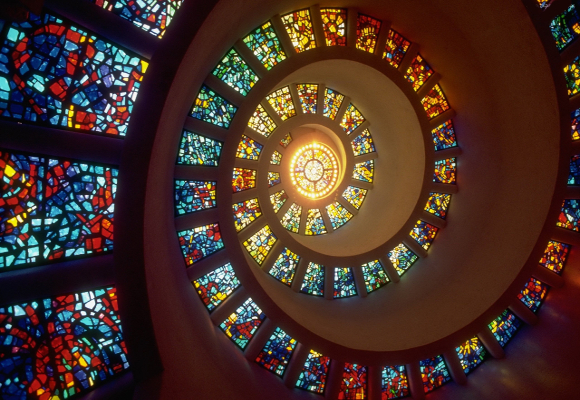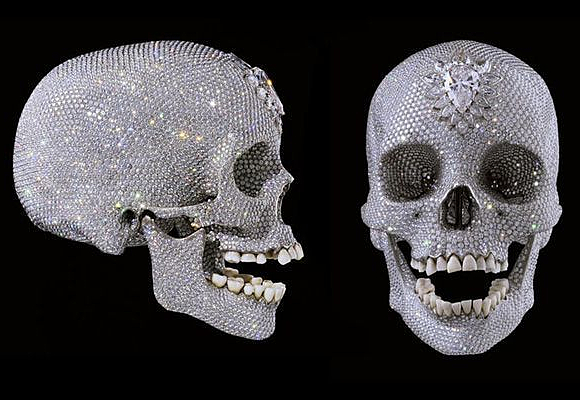Embracing Beauty
The concept of luxury has evolved from material possession to the intangible esthetics, elegance, in rhythm with the cultural advancement of Humanity.

I had the pleasure of speaking with Enrique Loewe about beauty and ugliness in the solemn courtyard of the new Thyssen Museum, Málaga. “Embrace beauty”, he exclaimed from the podium of someone who symbolizes luxury better than anyone else in Spain. “Whatever you may study, whatever you may do, be sensible to the ideal of beauty that will transform your professions into a happy and creative exercise. Be demanding with your surroundings, proclaim your taste for things well done, hold on to what’s beautiful”, concluded he who in his own words “has given everything for the desire of beauty in design”.
The esthetics canon has been in constant evolution through History. While the women of the Renascence portrayed wide hips and prominent curves, women in the 18th century quite contrarily searched to accentuate fragility which was considered romantic by taking only vinegar and lemon. Or what about the incomprehensible esthetics to us that are the giraffe women of the Karen tribe in Thailand. Or the blackened teeth with the ohaguru technique in Japan. While Japanese culture demands pale and milky faces, the European middle class has imposed a tanned sheen achieved after many hours of sun exposure in the Mediterranean beaches.

Since classic times the concept of beauty had been associated to the discovery of the divine proportion, the number phi, enunciated by Pythagoras and other Hellenic mathematicians. Symmetry isn’t found in parity, but in the spiral evolution of the shapes based on 1,618. For each unit, you add to the line a little over than a unit and a half. This Fibonacci succession is recognized as much in the works of nature as in the work of artistic geniuses: Praxiteles, Da Vinci, Palladio, Le Corbusier.
You cannot understand the historic evolution of the beauty canon without referencing it to the social logic and values of each civilization. The aspirational construction of wealth, the engine of the property boom in the middle classes during the last decades, has tied to conduct the canon towards the grandeur of the architectural spectacle, the visual effects of its decorations, and the redeeming subvention of artificiality, when not the trivialization of everything enlightened or the shameless exaltation of ugliness.

From the Merda d’ Artista (Piero Manzon, 1961) exposition in cans to the ghastly harshness with diamonds in For the Love of God (Damien Hirst, 2007), we doesn’t know anymore where the new esthetic ideal of current civilization is heading towards. Perhaps the quantum symmetry provided by bionics?
The regeneration asked for today by ugliness supposes a creative challenge that should encourage the resurrection of good taste from the incivility of wealth, for centuries sickened by a nobility represented as the daughter of something versus the sons of nothingness. Towards this humanistic purpose I remembered in the Thyssen of Malaga the reflection of architect Jesús Castillo Oli when he began the project to build a house in the north of Palencia, Spain: La Ruina Habitada.

We were just achieving arrangement in the canonic view over a forest, a prairie, and a rather ugly estate behind us. But we did a 180 degree turnaround and immediately changed our minds. Why not adopt the ruins in their apparent ugliness and transform them into a habitable, innovative, and beautiful space? And like this, unexpectedly, intuitively, happily, we felt the warmth of that embrace to which Enrique Loewe had referred to.
